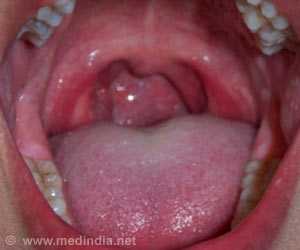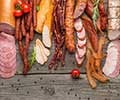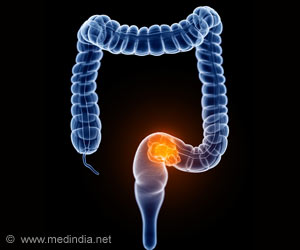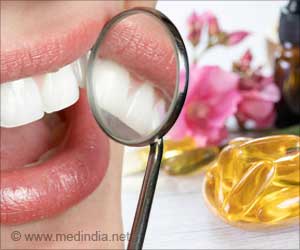Tongue cancer organoids reveal how autophagy and cholesterol synthesis drive chemotherapy resistance and open new avenues for treatment.

- Tongue cancer organoids mimic patient-specific tumor biology
- Autophagy and cholesterol biosynthesis aid chemo-resistance
- New drug targets could enhance treatment outcomes
Host metabolism balances microbial regulation of bile acid signalling
Go to source).
Organoids are helping scientists personalize cancer treatments! #tonguecancer #medindia’
Challenges with Traditional Preclinical Models
Cancer cell lines are currently the principal in vitro models used in cancer research and drug discovery. However, these models have limitations:- Some of the issues associated with the process of getting cell lines to grow from primary tissues.
- Lack of ability to faithfully represent the characteristics of the tumor for the given patient.
Adoption of Tongue Cancer Organoids
In order to overcome these challenges, a research team came up with a patient-derived organoid library. To construct this extensive TCO library, researchers obtained fresh tissue biopsies from 28 untreated tongue cancer patients with a diverse age and cancer stage range.As an organoid is a three-dimensional tissue model, the possibility of studying MRD formation and drug resistance in a controlled in-vitro environment represents a major advantage of harnessing this model.
Key Findings on Chemoresistance Mechanisms
The study revealed critical insights into MRD formation and chemoresistance:- Dormant-like state in chemo-resistant TCOs: The researchers noticed what was akin to embryonic diapause where normal development is paused and cells rest.
- Role of autophagy and cholesterol biosynthesis: Chemoresistant TCOs had to depend on these pathways for their survival.
- Reversibility of chemoresistance: Blockade of autophagy and the synthesis of cholesterol promoted the selective elimination of chemo-resistant TCOs into chemo-sensitive TCOs. On the other hand, activation of
autophagy gave chemoresistance.
The research highlights the potential of the TCO library as a resource for: - Molecular target and biomarkers for chemoresistance.
- High efficiency through treatment customization according to patient characteristics.
- Host metabolism balances microbial regulation of bile acid signalling - (https://www.sciencedirect.com/science/article/abs/pii/S1534580724006075?)
Reference:
Source-Medindia














